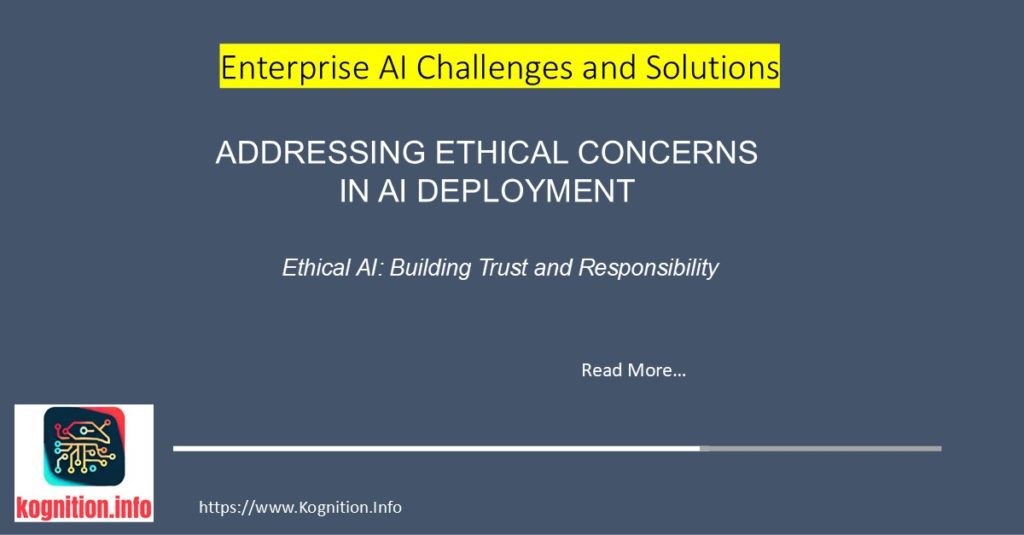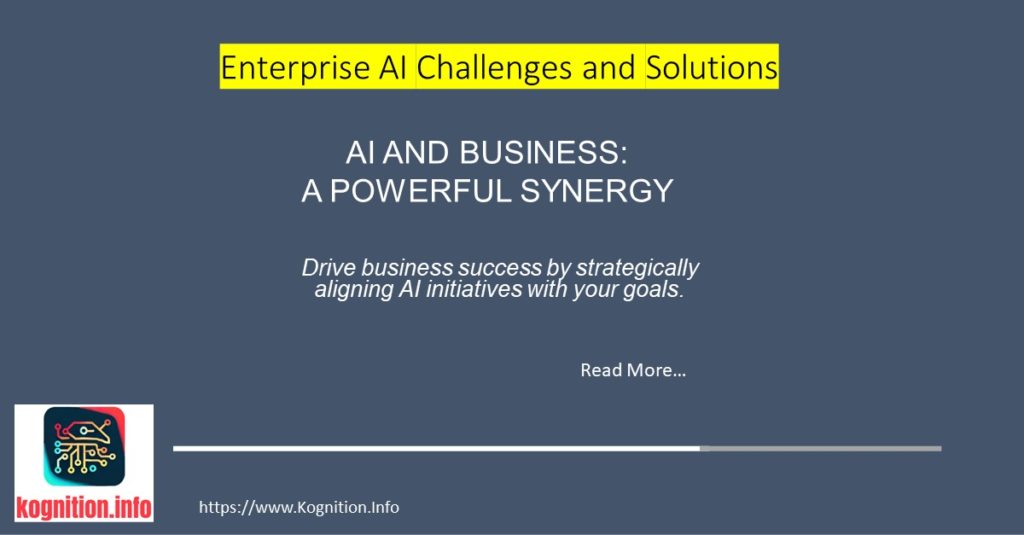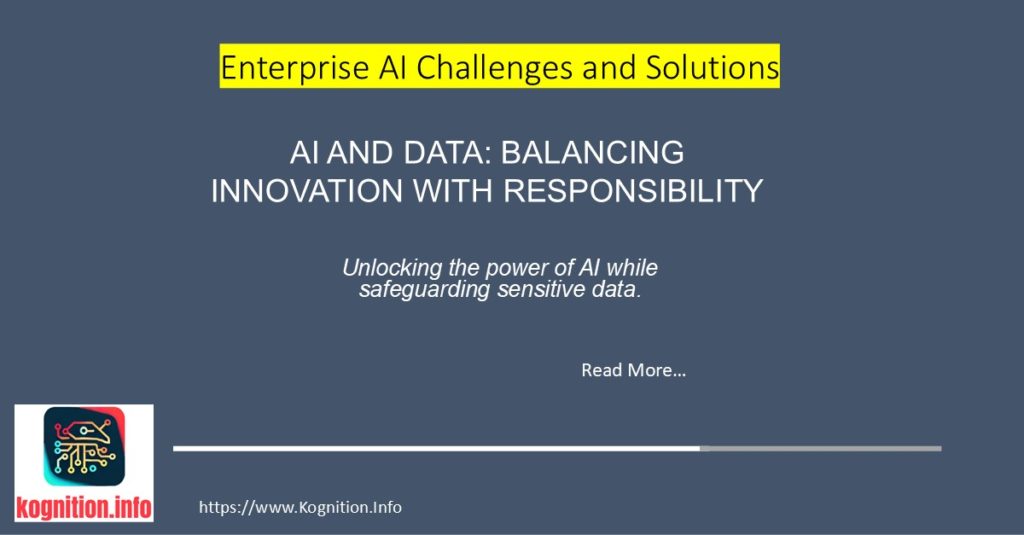Fairness by Design: Conquering Data Bias in Enterprise AI Build AI That Reflects Your Values, Not Your Data’s Flaws. As organizations race to implement transformative AI solutions, many are discovering a troubling reality: AI systems are only as fair, ethical, and accurate as the data used to train them. When that data contains historical biases,…



